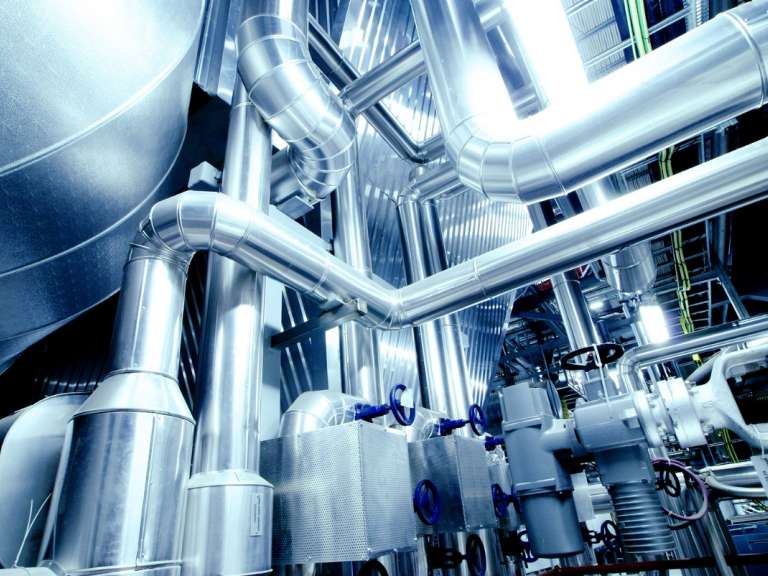Prioritizing Predictive Maintenance Work
Alex ForbesImplementing a predictive maintenance system can make life easier for asset managers when it comes to balancing priorities such as plant reliability and profitability.

Getting the best results out of a complex installation such as a power station is a balancing act—and staying on the tightrope means having an effective maintenance strategy in place. Increasingly, asset managers are turning toward predictive maintenance regimes to improve outcomes rather than relying on traditional strategies like routine scheduled maintenance, which tends to be wasteful, or reactive maintenance, which can create issues with the equipment.
Driving this change are the opportunities presented by an array of advanced technologies that are revolutionizing approaches to asset performance management. These technologies include sensors, software, neural networks, and operating systems designed specifically for industrial environments.
Asset managers have several conflicting priorities. Everyone would agree that safety—of people, the plant, and the environment—is paramount. Not far behind is reliability; customers are quick to complain when a power cut means the lights won't come on, the refrigerator is losing its cool, or they can't access the Internet. Additionally, compliance with regulations gets trickier and trickier, as they tend to tighten over time—environmental regulations being a case in point.
Then there are financial performance objectives to consider, such as plant availability, efficiency, and costs (especially maintenance costs). All have a direct bearing on profitability.
Traditionally, asset managers have relied on routine scheduled maintenance, and many still do. At specified times, they check equipment, change certain parts, change or top off fluids and make adjustments as prescribed in the manual. However, this routine can lead to unnecessary costs: in spares that didn't need to be changed, staff time, and sometimes plant downtime.
There is a growing body of evidence that world-class companies that have implemented predictive maintenance regimes and technologies have benefited from less downtime and lower costs.
For an asset manager who wants to make the change to predictive maintenance, a good place to start is to identify which of the assets in the plant are critical to uptime. For each such asset, a series of questions needs to be answered, including: What are the ways in which this asset can fail? What are the consequences of each mode of failure? How can the risk of failure be mitigated? Are there means already in place to detect the onset of failures, or does new equipment need to be installed?
An example of a critical piece of equipment in a typical power station is the step-up transformer that converts the voltage produced by the generator to the voltage required by the network. If that transformer fails, the plant will be out of action until it is repaired or replaced. Keeping a spare is a very expensive solution, and much-lower-cost alternatives exist, such as investing in a condition-monitoring system to provide early warning of impending failure. Downtime can then be conveniently scheduled rather than coming as a surprise.
Once the critical assets have been accounted for, it's time to look at medium-risk and low-risk assets and come up with strategies for them. At the lowest end of the hierarchy, there may be assets that justify a run-to-failure approach, because failure would have no material impact on the plant. At each stage, the asset manager needs to perform a cost–benefit analysis to ensure that the overall solution is the best possible course of action for the plant.
To get the most out of a predictive maintenance system, it all needs to be tied together. Plants have numerous assets that generate massive amounts of data, which must be collected, analyzed, and acted upon. This is where applying intelligence can add value and the flexibility to adapt as plant demands change over time.
In the same way that someone who drives a car every day gets used to what is normal—and can quickly sense when something is wrong—a properly configured predictive maintenance system can spot anomalies and alert plant operators that action is needed. Temperatures, pressures, vibration levels, and other operational conditions from hundreds, thousands, or tens of thousands of individual assets can be analyzed in real time to indicate asset health and to diagnose problems as they arise. This enables management by exception.
For example, condition monitoring has been used for decades to spot problems in individual assets. Today, in an integrated, holistic system, the correlation of data from multiple systems makes it possible to spot a much wider range of failure modes.
There are also less immediately tangible, longer-term benefits of this approach, notably around benchmarking and knowledge management. Asset performance can be compared against industry peers and internally—asset-to-asset and site-to-site. A well-designed system will also be able to capture experience over time in a way that would be difficult or impossible with a system based, for example, on spreadsheets.
All this can contribute to making life much more straightforward for asset managers.
Eradicating hazards completely is impossible, but new power plant safety innovations can mitigate risk.
Improving flexibility and efficiency at low loads can enhance steam plant profits, along with lowering maintenance costs.
Power plant managers should keep watch for energy industry trends in 2017: rise of distributed generation, fuel mix changes, digital technology, and more.